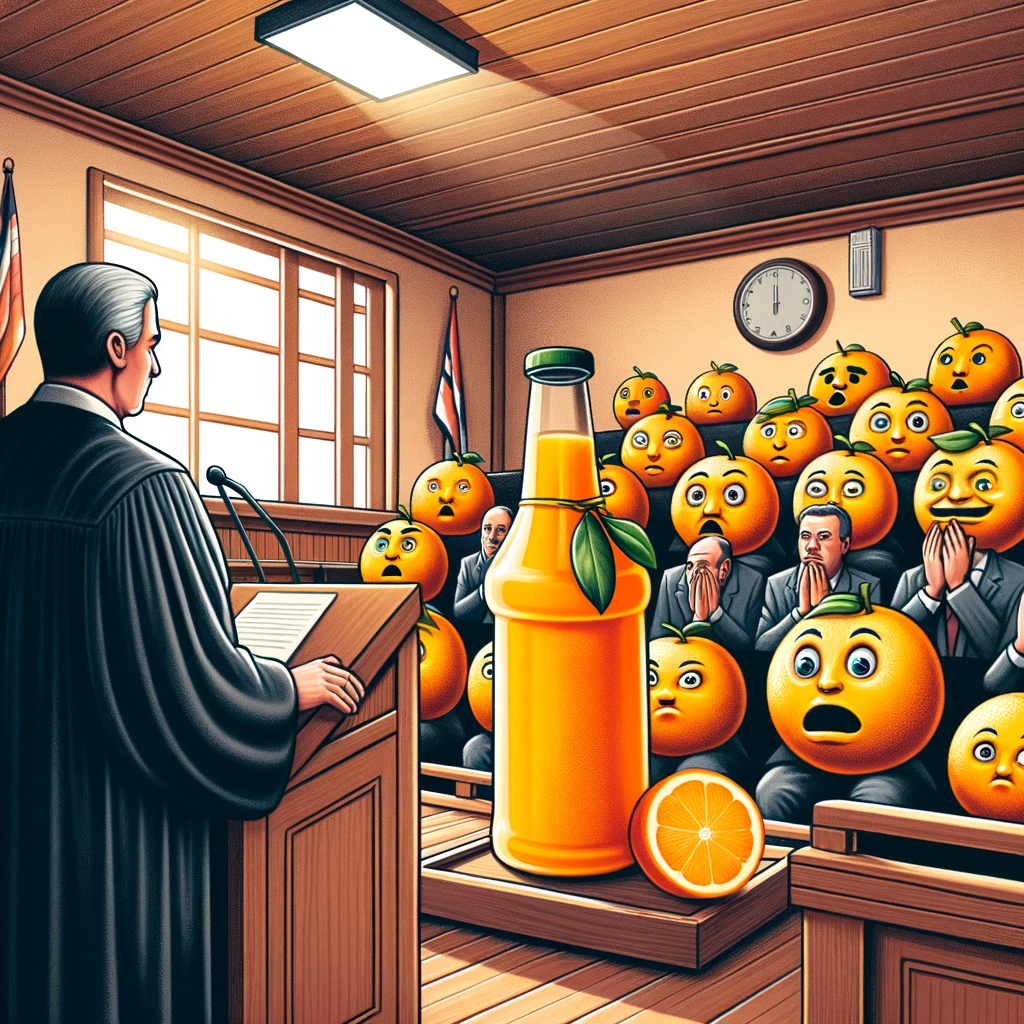The Simply Orange lawsuit has raised eyebrows and concerns among consumers. Dive into an analysis of the lawsuit, its outcomes, and what it means for the future of purchasing natural products.
Introduction:
Picture your morning routine, perhaps it includes pouring a glass of orange juice, believed to be pure and simple. Simply Orange, a brand that prides itself on offering ‘100% Pure Squeezed Orange Juice,’ has become a staple in many households. However, the brand, owned by The Coca-Cola Company, faced legal scrutiny challenging its claims of natural and pure juice, sparking a lawsuit that has left many consumers questioning the integrity of the labels on their favorite products. This article delves into the Simply Orange lawsuit, dissecting the allegations, the defense, and the wider implications for consumers and the industry.
The Juice of the Matter: The Lawsuit Unpeeled
The Simply Orange lawsuit centered around allegations that the brand misled consumers with its claims of providing a ‘100% pure’ and ‘natural’ orange juice. Critics argued that the company’s use of flavor packs—a common practice in the orange juice industry to standardize flavor—contradicts these claims, as it involves a level of processing that goes beyond simple squeezing and bottling.
Consumer Pulpit: The Reaction and Impact
The revelation of the lawsuit and its details squeezed out a wave of concern among consumers, who began questioning not just Simply Orange but the labeling practices across the food and beverage industry. This section explores how the lawsuit has impacted consumer trust and behavior, as well as the demand for greater transparency in food labeling.
Squeezing Out the Facts: Simply Orange’s Defense
In response to the lawsuit, Simply Orange and The Coca-Cola Company defended their labeling practices, arguing that the use of flavor packs does not detract from the juice being natural, as these packs are derived from orange components. This defense brings to light the broader industry standards and practices, prompting a discussion on what ‘natural’ really means in the context of food and beverage products.
The Aftertaste: Implications for the Industry
The Simply Orange lawsuit serves as a significant case study for the food and beverage industry, highlighting the growing scrutiny of product labeling and consumer demand for transparency. This section will examine the potential long-term effects on industry practices, regulatory changes, and how brands might need to adapt to maintain consumer trust.
From Grove to Glass: What’s Next for Orange Juice?
Looking ahead, the Simply Orange lawsuit could press the industry towards more transparent and straightforward practices. This part will explore the future of orange juice production and labeling, considering how companies might innovate or change to meet evolving consumer expectations.
FAQs:
Q: What exactly was Simply Orange accused of in the lawsuit?
A: Simply Orange faced accusations of misleading consumers by claiming their juice was ‘100% pure’ and ‘natural,’ despite using flavor packs to standardize taste, which some argue is a form of processing that contradicts these claims.
Q: How has the Simply Orange lawsuit affected consumer trust?
A: The lawsuit has highlighted the importance of transparency and may lead to increased skepticism among consumers regarding food and beverage labels, prompting them to seek out more information about the products they consume.
Q: What are flavor packs, and why are they controversial?
A: Flavor packs are mixtures of orange oil and essence, used by many orange juice manufacturers to achieve a consistent flavor year-round. They have become a point of contention because their use challenges the perception of what is considered ‘natural.’
Q: What might the future hold for food labeling after the Simply Orange lawsuit?
A: The lawsuit could push for clearer regulations and definitions around terms like ‘natural,’ leading to more accurate and transparent labeling practices across the food and beverage industry.
Read more informative articles.

